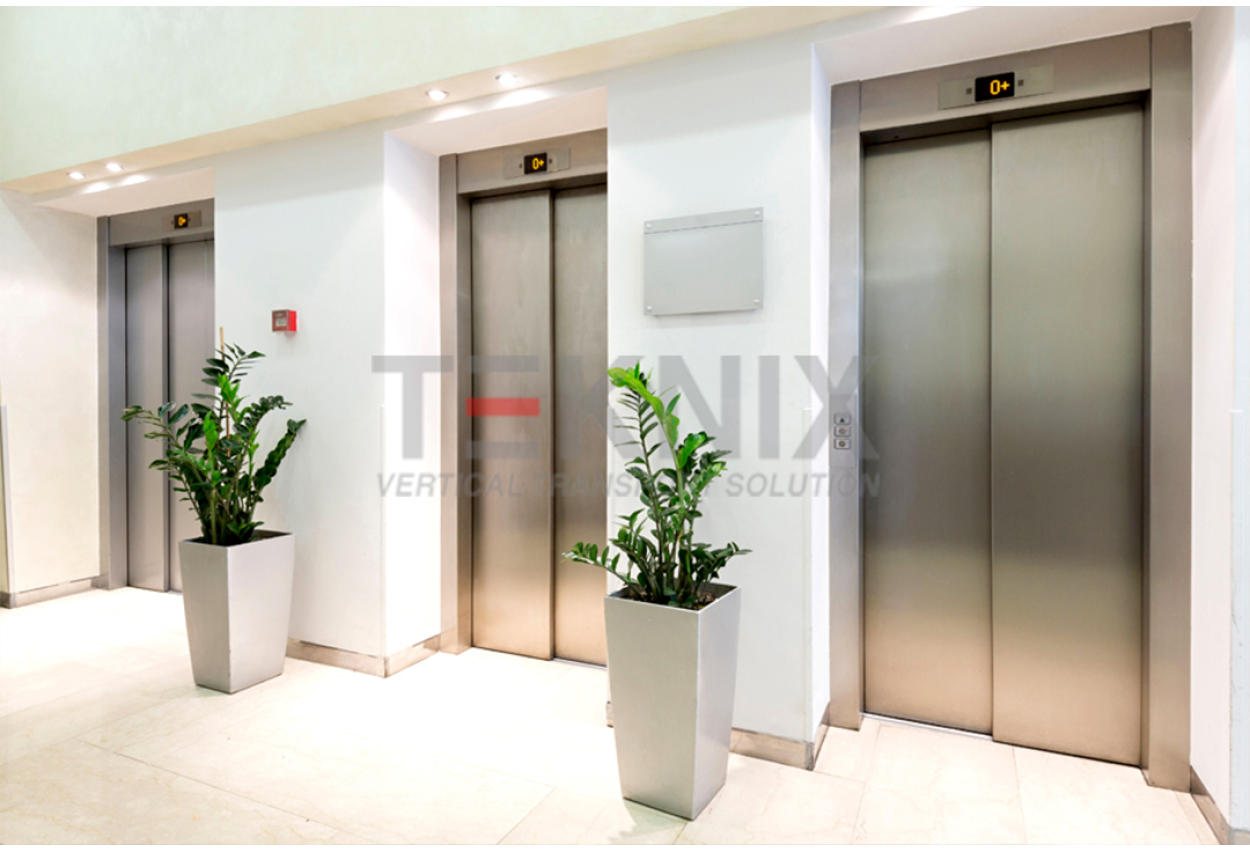Locate Reputable Lift Repair Near Me for Quick and Affordable Solution
Locate Reputable Lift Repair Near Me for Quick and Affordable Solution
Blog Article
Looking Into the World of Lifts: Common Problems Encountered by Different Lift Devices
As we navigate with the upright transport systems of contemporary structures, lifts stand out as a crucial component of our everyday lives. From hydraulic lifts to grip systems and machine-room-less designs, each lift type comes with its collection of usual concerns.
Hydraulic Elevators
Hydraulic elevators, usually chosen for low-rise buildings, use fluid stress to regulate the movement of the lift vehicle (lift repair companies). This system includes a hydraulic pump pressing oil right into a cyndrical tube, creating the lift to move in the desired direction. While hydraulic lifts are recognized for their smooth and quiet operation, they do come with their own set of typical problems
One common trouble with hydraulic lifts is oil leakage. Additionally, problems with the control system, such as malfunctioning valves or a malfunctioning pump, can create interruptions in the elevator's movement.
Normal upkeep and timely repair work are necessary to guarantee the smooth functioning of hydraulic elevators. By attending to these typical concerns proactively, structure owners can reduce downtime and ensure the safety and security and performance of their vertical transport system.
Grip Elevators
When considering upright transportation systems in buildings, an additional typical kind besides hydraulic elevators is the grip elevator. Grip elevators run utilizing a system of ropes and counterweights that relocate the elevator vehicle by clutching onto the hoist ropes. This system allows for smoother and much faster vertical transport compared to hydraulic systems.
Among the typical issues encountered by traction lifts is rope wear. The continuous movement of the ropes within the grip system can result in wear and tear gradually, potentially creating the elevator to breakdown or end up being unsafe for usage. Routine assessments and maintenance of the ropes are essential to make certain the elevator's appropriate functioning and safety and security.
An additional problem that grip lifts might come across is associated with the control system. Issues with the control system can cause concerns such as irregular motion, hold-ups in action times, or even complete closures. Regular screening and upkeep of the control system are vital to avoid such concerns and make certain the elevator's integrity.
Machine-Room-Less (MRL) Elevators

Among the crucial parts of MRL lifts is the small gearless grip maker that is installed within the hoistway. This machine efficiently drives the elevator automobile without the demand for large equipment located in standard traction elevators. In addition, MRL elevators normally utilize a weight system to stabilize the cars and truck, more improving their energy performance.
Despite their benefits, MRL elevators may deal with difficulties associated with maintenance and repair work as a result of the confined room for tools installment. Accessibility for servicing parts within the shaft can be restricted, calling for specialized training for specialists. Appropriate maintenance timetables and routine assessments are critical to ensure the ongoing smooth procedure of MRL elevators.
Overloading and Weight Limitation Issues
Overloading and weight limit concerns are essential concerns in lift procedures. Elevator manufacturers design lifts with certain weight capacities to make certain passenger safety and security and tools durability.
When elevators are strained, it puts extreme stress on the motor, cables, and various other components, possibly causing malfunctions or breakdowns. If they spot excess weight, security mechanisms such as sensing units and overload sensors are in place to stop lifts from relocating. Additionally, exceeding weight restrictions can result in boosted power usage and wear and tear on the lift system.
To mitigate overloading concerns, developing managers need to plainly present weight restrictions in lifts and enlighten residents on the importance of sticking to these limitations - lift repair companies. Normal maintenance checks by certified service technicians can also the original source help ensure that lifts are running within secure weight criteria. By attending to overloading and weight restriction issues proactively, structure owners can boost elevator security and effectiveness
Electrical System Failures
Exceeding weight limits in lifts can not just lead to mechanical issues however likewise potentially contribute to electric system failures within the lift infrastructure. Electrical system failures are a crucial issue in lift operation, as they can cause unforeseen closures, breakdowns, or even safety dangers.
Normal maintenance and examinations are critical to determine and attend to prospective electrical issues promptly, making certain the secure and efficient operation of elevator systems. By sticking to weight limitations and carrying out regular electric system checks, building owners can minimize the threat of electrical failings in elevators.
Conclusion

Hydraulic elevators, typically preferred for low-rise structures, utilize fluid pressure to control the motion of the lift cars and truck.When thinking about upright transport systems in buildings, an additional typical type aside from hydraulic lifts is the traction lift. Grip lifts operate using a system of ropes and weights that move the elevator automobile by grasping onto the hoist ropes. Unlike typical elevators that need a different machine space to house the equipment, MRL elevators integrate most of the components within the shaft, removing the demand for a dedicated device area.In verdict, elevators face see this page usual problems such as hydraulic malfunctions, traction system failures, and electrical system issues.
Report this page